Disclaimer: Not homework!
Problem
I've been reading up on BCC error detection for my networks course and have got a bit confused over one particular explanation in some of the slides.
Given Information
We are provided the following explanation:
| r |m6 |m5 |m4 |m3 |m2 |m1 |m0
------------------------------------
w0 | 0 | 1 | 0 | 0 | 1 | 0 | 0 | 0
w1 | 0 | 1 | 1 | 0 | 0 | 1 | 0 | 1
w2 | 0 | 1 | 1 | 0 | 1 | 1 | 1 | 1
w3 | 0 | 1 | 1 | 0 | 1 | 1 | 1 | 1
w4 | 0 | 1 | 1 | 0 | 1 | 1 | 1 | 1
-----------------------------------
BCC | 0 | 1 | 0 | 0 | 0 | 0 | 1 | 0
- Let n = row length (n=8 in this case)
- Remember, not all bits in a burst need be in error, just the first and last
- BCC copes with (n+1)-bit bursts (9-bit bursts in this case)
Question
Could someone please explain to me how this is the case/how it works?
Example Problem
(Seen in a past paper) For example given a diagram as above, how many burst bits can be reliably detected in a block? Explain your answer.
Any help greatly appreciated!
EDIT: Added reference slide
